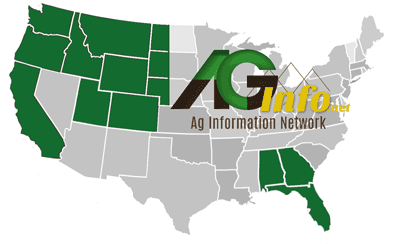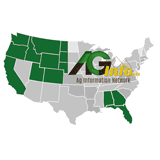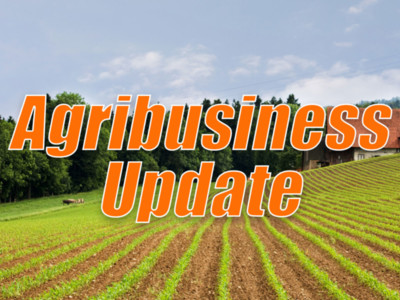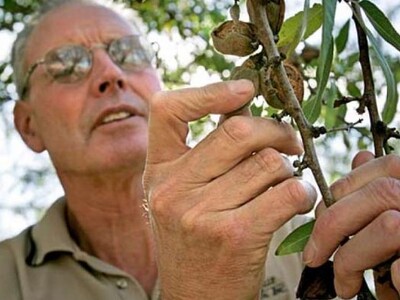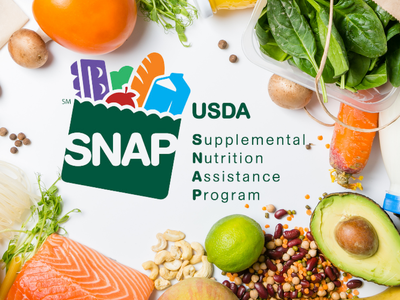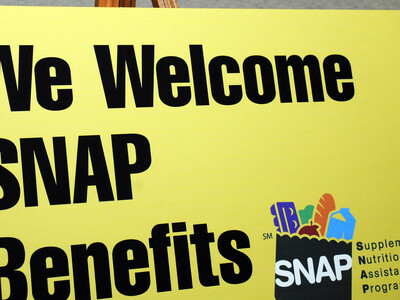BST and Carbon Footprint
It’s too late to change things but a recent conversation with dairyman Don Gaalswik, a partner in the Rock Ridge Dairy in Castleford, Idaho leaves one scratching his head about who’s running the asylum….the inmates?
Here’s Mr. Gaalswik: “With the BST in the cows, it would reduce the annual carbon footprint in the equivalent of taking 400,000 cars off the road or planting 300,000,000 trees.”
That’s because…
(Gaalswik) “Using rbst gives an average increase in milk yield of 10 pounds per cow thus allowing the same number of milk to be produced using fewer resources and reducing total environmental impact by 9%.
Wow, that sounds great…but…
(Gaalswik) “The first of the year, all milk and all cheese in the U.S. will be bst-free.”
And that’s because consumers and legislators concluded that synthetic hormones introduced to cows presented a health risk. This despite studies by NIH, AMA, WHO and several other health-watch agencies concluding that “milk and meat from bST supplemented cows are safe.”
Back to the environment.
(Gaalswik) “In 1944, there were 25.6 million cows in the U.S. In 2007, there were 9.2 million cows. Our carbon footprint per gallon of milk has been reduced by 67% between 1944 and 2007. Then you’re going to tell us that we’re not good stewards of the environment?”
